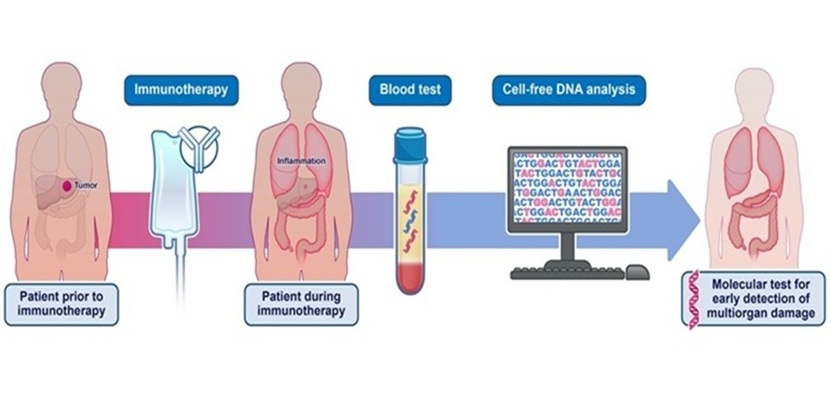Nanowire Sensors To Be Used for POC Disease Detection
By LabMedica International staff writers
Posted on 22 Oct 2008
Nanowire sensors coupled with simple microprocessor electronics are sensitive and specific enough to be used for point-of-care (POC) disease detection.Posted on 22 Oct 2008
The sensors use activation of immune cells by highly specific antigens--signatures of bacteria, viruses, or cancer cells--as the detector. When T cells are activated, they produce acid, and generate a tiny current in the nanowire electronics, signaling the presence of a specific antigen. The system can detect as few as 200 activated cells.
In earlier studies, scientists demonstrated that the nanowires could detect generalized activation of this small number of T-cells. A new report, in the October 1, 2008, issue of the journal Nano Letters, expands that work and shows the nanowires can identify activation from a single specific antigen even when there is substantial background "noise” from a general immune stimulation of other cells.
The report's senior author, Dr. Tarek Fahmy, assistant professor of biomedical engineering at Yale University (New Haven, CT, USA), described the system, "Imagine I am the detector in a room where thousands of unrelated people are talking--and I whisper, ‘Who knows me?' I am so sensitive that I can hear even a few people saying, ‘I do' above the crowd noise. In the past, we could detect everyone talking--now we can hear the few above the many.”
The investigators suggest that in a clinic, assays could immediately determine which strain of flu a patient has, whether or not there is an HIV infection, or what strain of tuberculosis or coli bacteria is present. Currently, there are no electronic POC diagnostic devices available for disease detection. "Instruments this sensitive could also play a role in detection of residual disease after antiviral treatments or chemotherapy,” said Dr. Fahmy. "They will help with one of the greatest challenges we face in treatment of disease--knowing if we got rid of all of it.”
Related Links:
Yale University







 assay.jpg)






